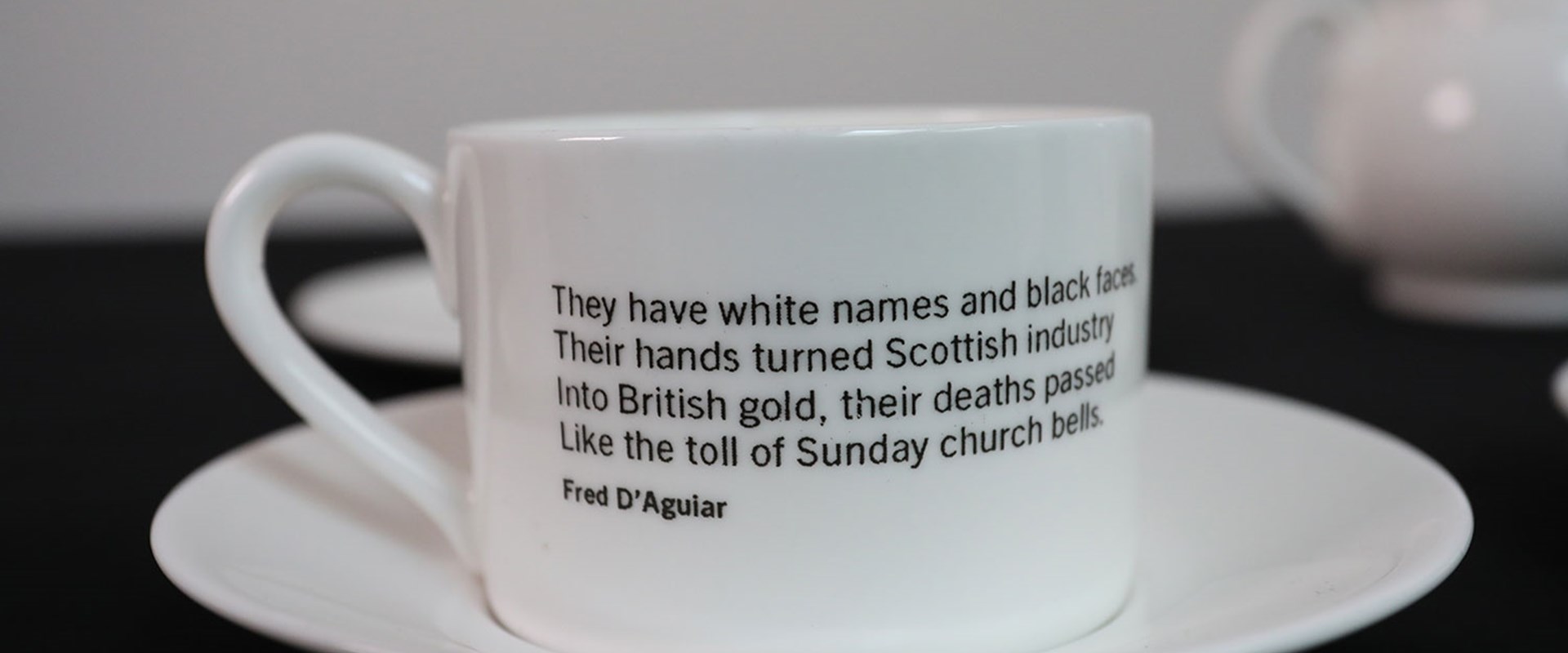Key in a search term below to search our website.
Key in a search term below to search our website.

Last updated: 26 January 2022
The project considered historic and contemporary objects, together with buildings, monuments and paintings to identify and explore layered and often conflicting stories of Scotland’s slavery past. Leaping across time periods, the role of that past in shaping the country today was an important focus. Below are some of the objects examined through the project.
Project title
The Matter of Slavery in Scotland
Project active
2018 - 2019
Research theme
Identities and Cultural Contacts
Dr Sarah Laurenson - Co-investigator
National Museums Scotland
Professor Nuala Zahedieh - Principal Investigator
University of Edinburgh
Through a collaborative approach, the project brought together curators, researchers, teachers and activists, forming a network of knowledge and different perspectives to throw new light on existing collections.
By deepening understandings of slavery through material culture, this inter-disciplinary group forged new methods of researching, interpreting and displaying this history and its legacies. The relationships built and the knowledge uncovered continues to inform our work behind the scenes on the topics of slavery, empire and colonialism.
Updated displays at the National Museum of Scotland include:
Empire Café tea set: Hawthornden Court, Level 1
The addition of the Empire Café tea set to an existing display on Scottish involvement in slavery, to highlight the ongoing legacy of and conversation about Scotland’s slavery past.
Trade and tobacco: Scotland Transformed, Level 3
A display on trade and tobacco now includes slavery-related objects and highlights the centrality of enslaved people and their labour to the development of the Scottish economy during the 18th century.